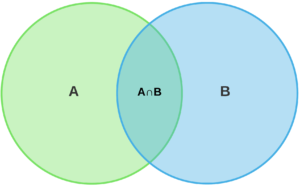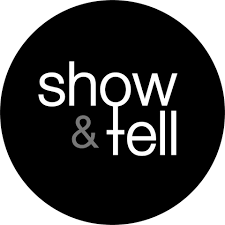1. When watching Renata Salecl’s TED talk her rhetorical approach stood out to me. She begins this talk about human’s unhealthy obsession with choice by stating a choice that she had to make when preparing. Since it is the first thing she discusses it sets a theme. She connects the topic to herself making it feel relatable. What was interesting was that the choice that she had to make was deciding between three quotes, these quotes were also about choice, giving the audience an example that stays directly on topic, making a clear and concise purpose. As she continues with the talk she uses quotes from philosophers, and psychoanalysts to prove her points, using credited people to back up her argument makes her seem more reliable to the audience. She also gives real-life examples about herself, or her friend’s experience, which allows the audience to connect to their own life. That engages the audience because they can picture themselves in the situations she speaks giving them a better understanding. She also uses language strategically, for example, she addresses the audience as you, making them feel like they are in a conversation. To conclude she goes back to what she talks about when she first begins the speech, the choice she had to make herself. This rounds out and connects all the points she made to one conclusion, it makes the talk feel more whole like there isn’t a cliff hanger or missing piece. Overall her rhetorical approach is convincing and showcases her purpose, that everyone has individual choices but we also need to focus on choices as a society.
2. Margaret Hefferman’s TED talk is a great example of how a speaker works with evidence. One form of evidence she uses is telling real-life stories. She tells these stories to introduce her topic of technology and human skills but she incorporates her own bias and judgment to show what side she is arguing. In the talk there are transitions from the real-life examples to her argument, connecting back between that evidence when she needs support in communicating her purpose. She makes her points more clear by summarizing the credited facts she includes as evidence, for example, she uses a word like “so what that means” to connect her evidence back to her claims. She walks the audience through the argument by using tools like metaphors to give them something to relate her point to. That allows her to talk about a wide variety of topics, such as global warming and company predictions, and still be able to relate it to her argument on efficiency and the unexpected. Evidence from past mentalities is paired with the thought of the future to encourage that her ideas enhance positive change that others should believe in.


